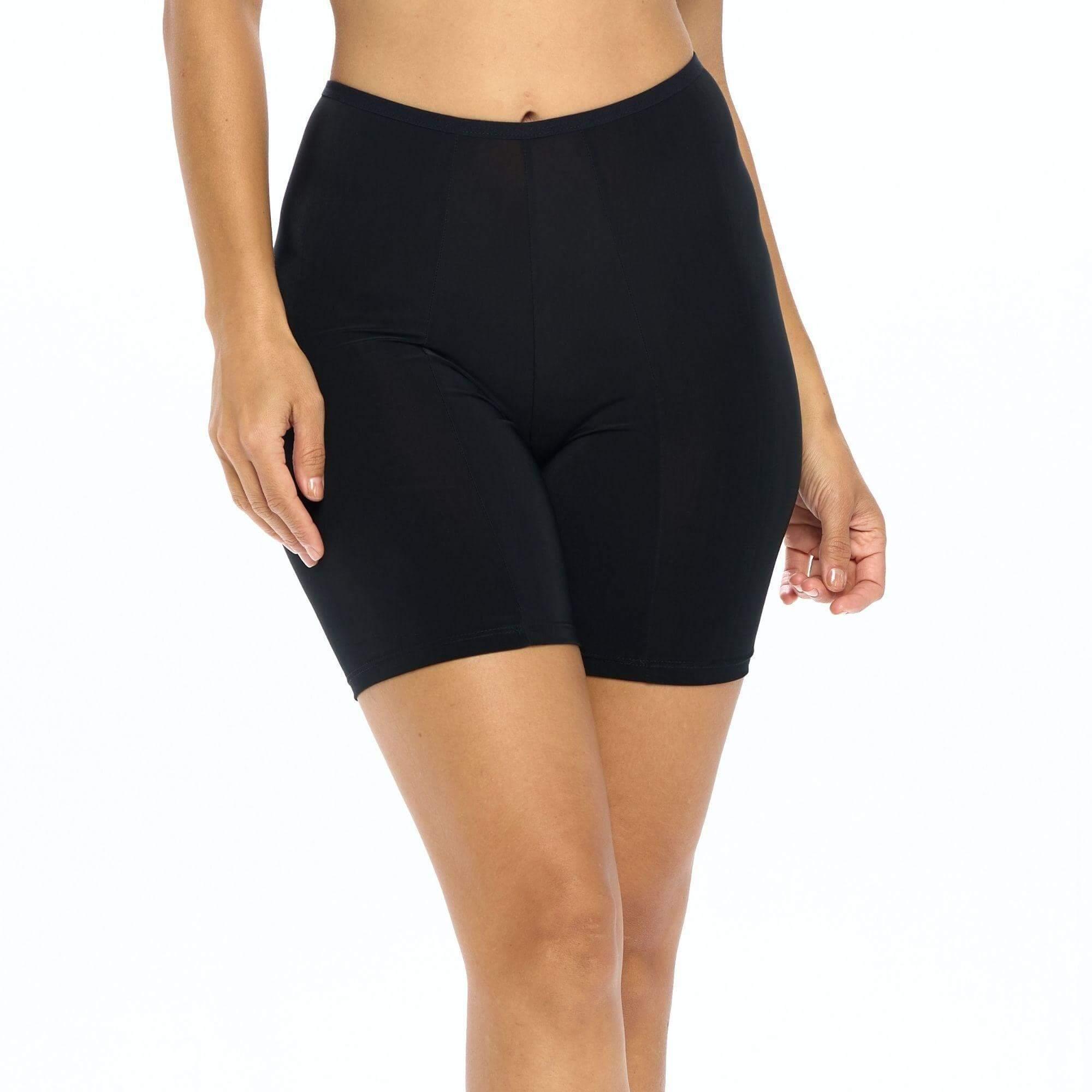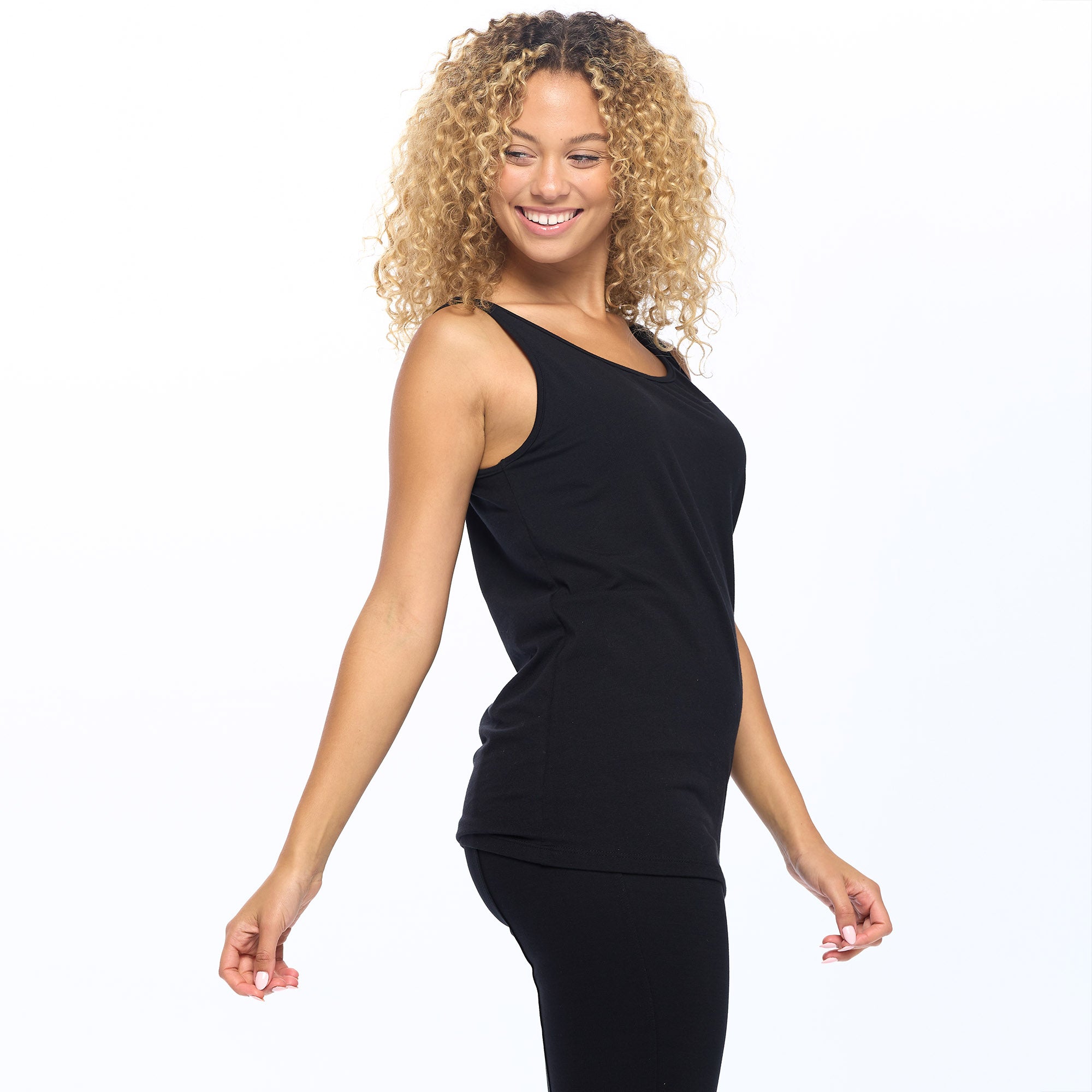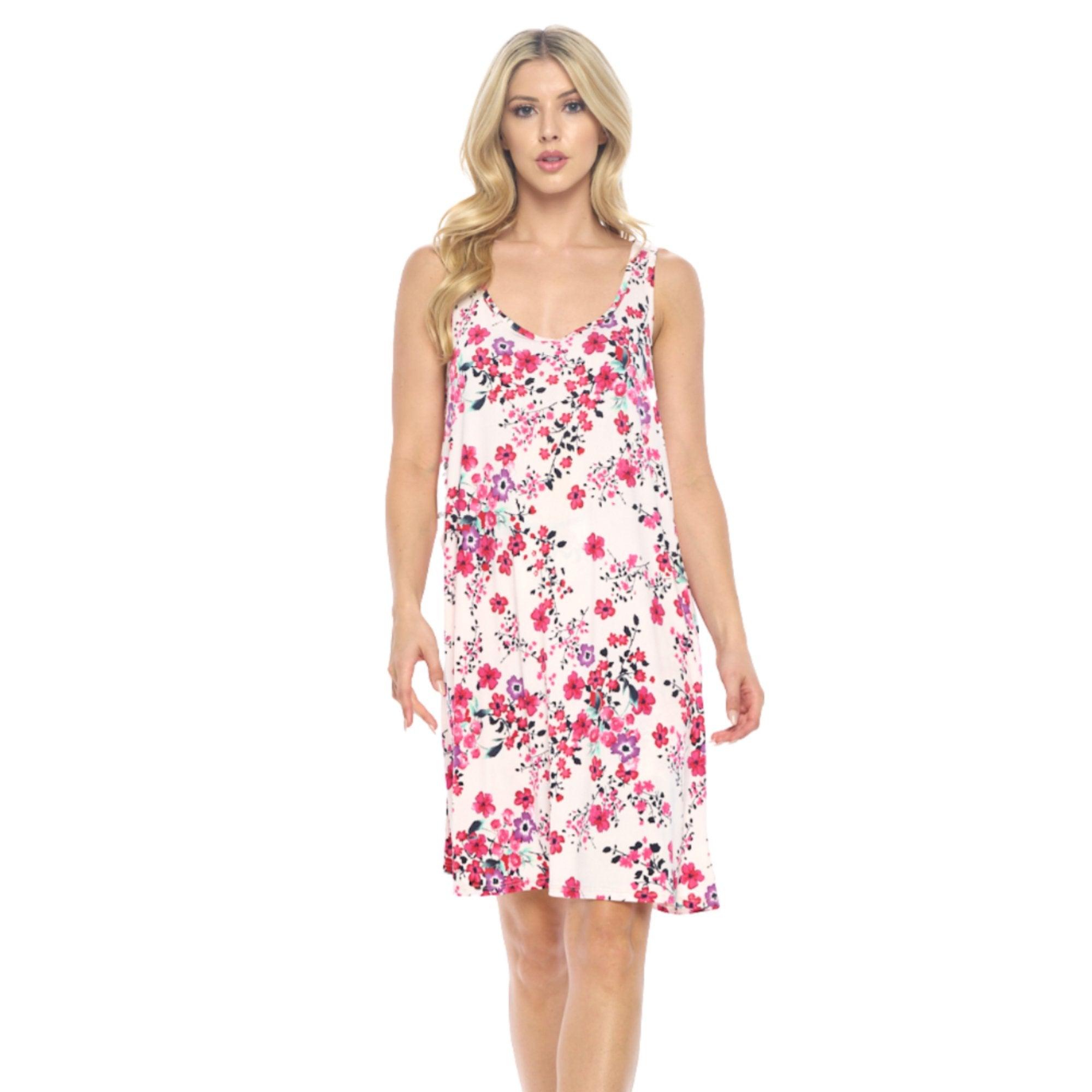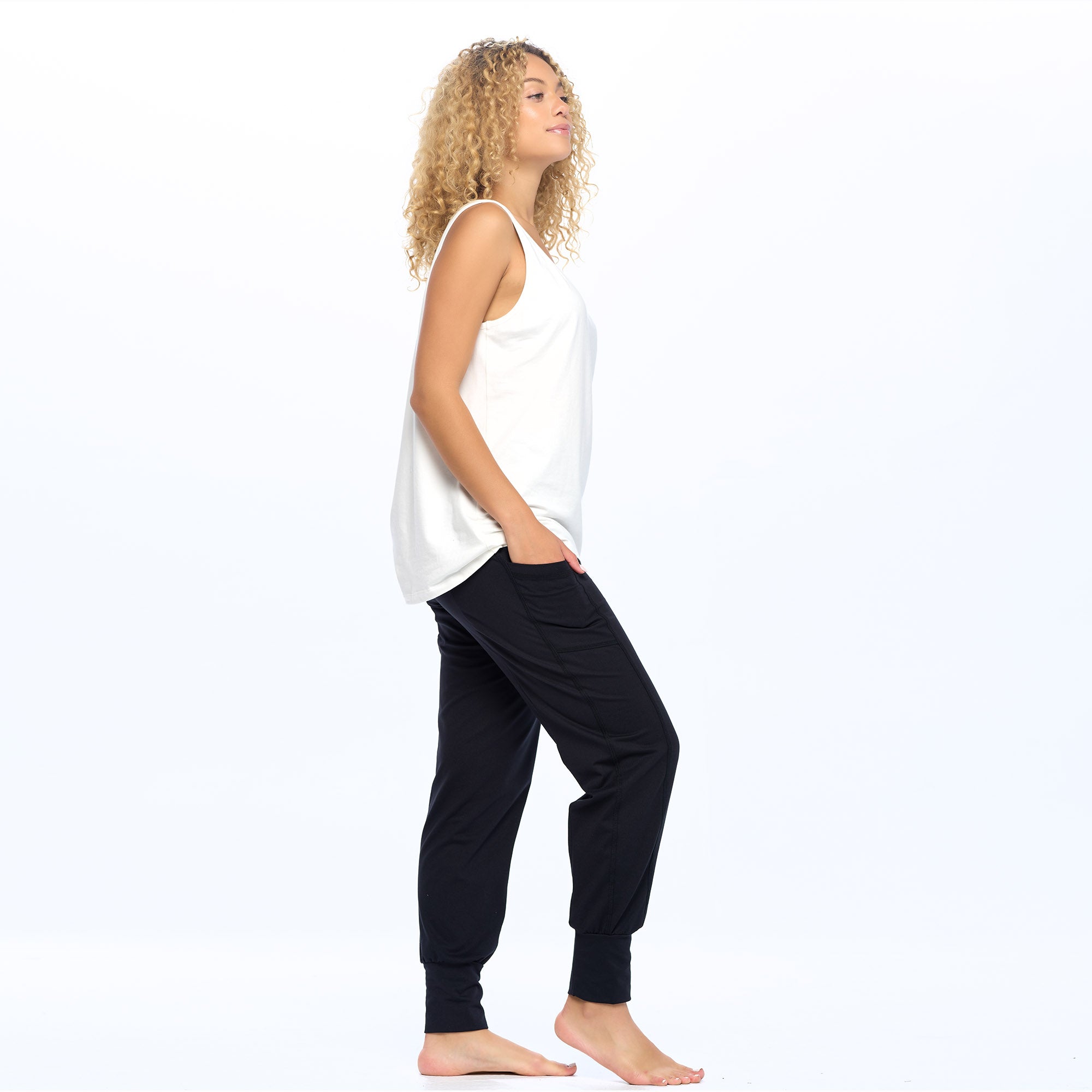Pregnancy is a time of excitement, anticipation, and of course, numerous body changes. Many women experience discomfort and self-consciousness about their changing appearance, leading some to turn to shapewear for support. While shapewear can provide a temporary solution for body shaping and support, it is important to understand its limitations, potential risks, and concerns when used during pregnancy. In this article, we will explore the pros and cons of wearing shapewear during pregnancy, as well as alternative methods for managing discomfort and supporting the body.
Understanding Shapewear and Its Purpose
What is Shapewear?
Shapewear has become increasingly popular in recent years as people look for ways to enhance their natural curves and smooth out their silhouettes. Shapewear is a type of undergarment designed to provide contouring, slimming, and smoothing of the body's curves. It is typically made of stretchy material such as nylon or spandex and is designed to compress various areas of the body.
While shapewear is often associated with women, it is also available for men. Men's shapewear is designed to provide support and slimming for the abdomen, chest, and waist.
How Does Shapewear Work?
Wearing shapewear can smooth out bumps and lumps, enhance curves, and provide support for the body. The compression of the garment can also improve posture and reduce discomfort caused by the increased weight of the growing uterus. Shapewear can be worn under clothing or as standalone pieces.
When choosing shapewear, it's important to select the right size and level of compression. Shapewear that is too tight can be uncomfortable and even restrict breathing, while Shapewear that is too loose won't provide the desired level of support. It's also important to consider the style of shapewear and how it will work with different types of clothing.
Shapewear can be particularly useful for special occasions, such as weddings or formal events, when people want to look their best. It can also be helpful during weight loss journeys, providing a temporary boost of confidence while working towards long-term goals.
Different Types of Shapewear
There are different types of shapewear, ranging from full-body suits to panties and tank tops. They can also have different levels of compression, with some being light while others are firmer. Different styles offer various benefits, depending on the individual's needs.
Some popular types of shapewear include:
- High-waisted briefs: These provide support for the stomach and waist, and can also lift and shape the buttocks.
- Bodysuits: These provide full-body coverage and can smooth out the entire silhouette.
- Thigh shapers: These provide support for the thighs and can prevent chafing.
- Waist cinchers: These provide extra compression for the waist area and can create an hourglass shape.
It's important to choose the right type of shapewear for your needs and to ensure that it fits properly. Taking the time to find the right shapewear can make a big difference in how you look and feel.
Pregnancy and Your Changing Body
Pregnancy is an exciting time in a woman's life. It is a time of change and growth, not only for the baby but also for the mother. As the baby grows, a woman's body changes to accommodate the growing fetus.
Physical Changes During Pregnancy
During pregnancy, a woman's body undergoes a series of changes. These changes can include weight gain, breast enlargement, and swelling of the hands, feet, and ankles. The growing uterus can also pressure the lower back and pelvis, causing discomfort and pain.
Weight gain is a natural part of pregnancy. Women should gain weight gradually throughout their pregnancy to ensure the health of the baby. The recommended weight gain for a woman with a healthy BMI is between 25 and 35 pounds. However, women who are underweight or overweight may need to gain more or less weight, respectively.
Breast enlargement is another common change during pregnancy. As the body prepares for breastfeeding, the breasts may become tender, sore, or even itchy. It is important to wear a supportive bra during pregnancy to help alleviate discomfort.
Swelling of the hands, feet, and ankles is also common during pregnancy. This is due to increased blood volume and pressure from the growing uterus. It is important to elevate the feet and avoid standing for long periods to help reduce swelling.
The growing uterus can also pressure the lower back and pelvis, causing discomfort and pain. This is especially common in the later stages of pregnancy. Prenatal yoga, stretching, and massage can help alleviate discomfort.
Common Discomforts and Challenges
Many pregnant women experience discomfort or pain during pregnancy, such as back pain, constipation, and digestive issues. Stretch marks and varicose veins can also be a source of worry for some women.
Back pain is a common complaint during pregnancy. As the baby grows, the weight can cause strain on the lower back. Proper posture, exercise, and stretching can help alleviate back pain.
Constipation and digestive issues can also be a challenge during pregnancy. Hormonal changes can slow down digestion, leading to constipation and other digestive issues. Eating a high-fiber diet and staying hydrated can help alleviate these issues.
Stretch marks and varicose veins are also common during pregnancy. Stretch marks occur when the skin stretches rapidly, while varicose veins occur when the veins in the legs become swollen and painful. While these changes are usually harmless, they can be a source of worry for some women.
The Importance of Proper Support
Proper support during pregnancy can help manage discomfort and promote healthy pregnancy outcomes. It is important to choose support garments that are specifically designed for pregnancy to ensure proper fit and support.
Pregnancy support garments, such as maternity belts and compression stockings, can help alleviate back pain and swelling. They can also improve circulation and prevent varicose veins.
In addition to support garments, prenatal yoga, and massage can also help alleviate discomfort and promote relaxation during pregnancy.
Overall, pregnancy is a time of change and growth. While discomfort and challenges are common, proper support and self-care can help manage these issues and promote a healthy pregnancy.

The Pros and Cons of Wearing Shapewear During Pregnancy
Potential Benefits of Shapewear for Pregnant Women
Being pregnant can be a wonderful experience, but it can also be uncomfortable at times. One way to alleviate some of that discomfort is by wearing shapewear. Shapewear can provide support for the lower back and pelvis, which can be especially helpful during the later stages of pregnancy when the weight of the baby is putting pressure on these areas.
In addition to providing support, shapewear can also improve posture. As the belly grows, it can be difficult to maintain good posture, which can lead to back pain and other issues. Shapewear can help keep the spine aligned, reducing the risk of discomfort and injury.
Finally, wearing shapewear can provide a smooth foundation for clothing. This can be especially helpful for pregnant women who want to feel confident and put-together while their bodies are changing.
Risks and Concerns Associated with Shapewear Use
While there are potential benefits to wearing shapewear during pregnancy, there are also risks and concerns to consider.
One of the biggest concerns is that shapewear can decrease blood flow. This can be especially problematic during pregnancy, as decreased blood flow can lead to circulation problems and even preeclampsia. Preeclampsia is a serious condition that can cause high blood pressure and damage to organs.
Another concern is that shapewear can increase body temperatures. This can be dangerous for the baby, as overheating can lead to birth defects and other complications.
Expert Opinions on Shapewear and Pregnancy
Experts recommend caution when wearing shapewear during pregnancy. While it can provide support and improve posture, it is important to choose support garments that are specifically designed for pregnant women. These garments will have proper sizing and compression levels, which can help reduce the risk of complications.
It is also important to avoid wearing shapewear for extended periods. If discomfort or pain occurs, the garment should be removed immediately.
In conclusion, while shapewear can be a helpful tool for pregnant women, it is important to weigh the potential benefits against the risks and concerns. With proper caution and attention to detail, shapewear can be a safe and effective way to stay comfortable and confident during pregnancy.
Alternatives to Shapewear for Pregnant Women
Maternity Support Belts and Bands
Maternity support belts and bands can provide support to the lower back and pelvis, improving posture and reducing discomfort. They are designed specifically for pregnant women and come in different shapes, sizes, and levels of support.
Compression Stockings
Compression stockings can help improve blood flow, reducing the risk of blood clots during pregnancy. They can also reduce swelling in the legs and feet, a common discomfort experienced by pregnant women.
Properly Fitted Maternity Clothing
Properly fitted maternity clothing can provide comfort and support for pregnant women. Opting for loose, breathable materials can reduce discomfort and promote good circulation.
Conclusion
While shapewear may seem like a quick fix for body shaping and support during pregnancy, it is important to be aware of its limitations and risks. Caution should be taken when using shapewear, and alternative methods for managing discomfort and supporting the body should also be considered. Consult with a healthcare provider if you have any concerns or questions about using shapewear during pregnancy.









